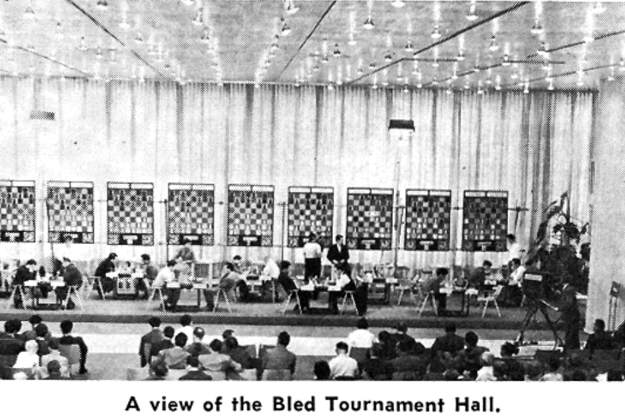Endgame analysis of M. Tal vs M. Najdorf, Bled 1961
Conclusions by Zoran Petronijevic
- 1. Our initial position is winning for White.
- 2. 27.Qb3? allows Black to hold. After the stronger 27.Rd3 White has a decisive advantage.
- 3. 30…Ke7? is a mistake. After the stronger 30…Ke8 White only has a symbolic advantage.
- 4. 31…axb5? is a serious mistake after which Black is lost. Better was 31…a5 after which Black has good chances to hold.
- 5. Tal’s straightforward move 33.Rb6? is a mistake that throws away his advantage. Better was the strategic move 33.g3 or first 33.Bd5 with good winning chances.
- 6. 34…Rf4?! is dubious and the first sign that Black will make a decisive mistake – on his next move. After the better alternatives 34…Rf8 or 34…Re7 Black has good chances to hold.
- 7. 35…Ra4?! is also dubious. After 35…Rf8 Black should be able to hold.
- 8. After 36…Ra1? Black is lost. 36…Ra5 with good drawing chances was better; but to save this position Black must find a lot of good moves, which in practical game is difficult.
- 9. After 37.Kg2 White has a winning position.
- 10. After the adjournment Tal made an important mistake: 43.Ra8? spoils the win. Better was 43.h4.
- 11. 44…Nb7? is the final error in this game. Better was 44…Kd8 after which Black has good chances to save the game.
- 12. 47.Ra8?! is dubious, but Black is lost anyway.
As usual, Charles Sullivan and Zoran Petronijevic provided the main part of the analysis:
Wolfram Schoen explains the endgame with more text and less variations:
Links


